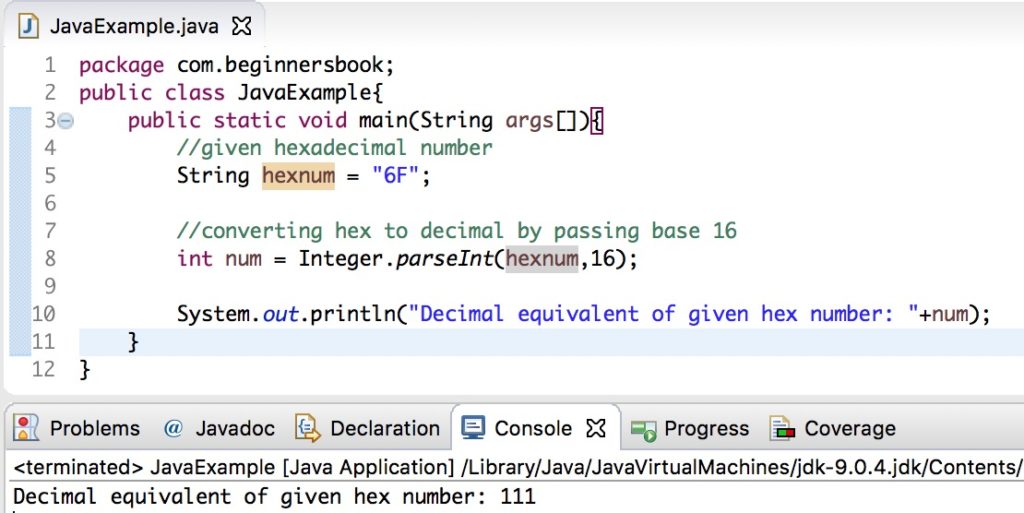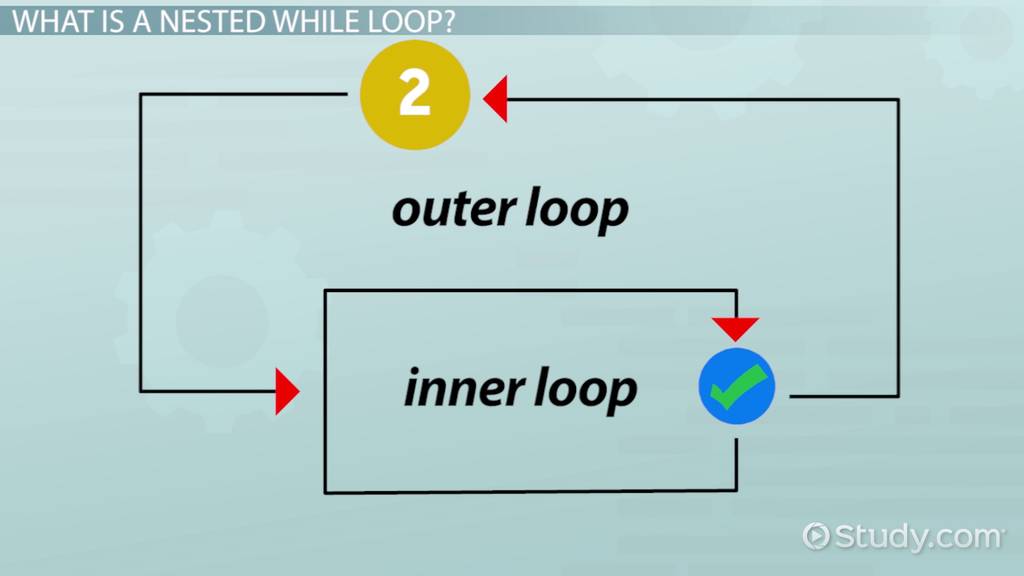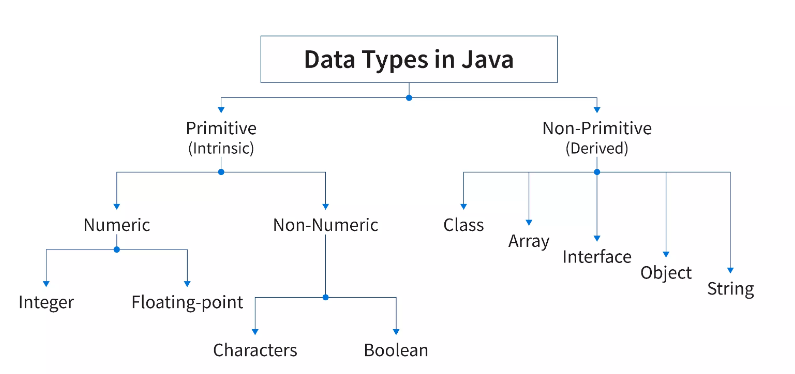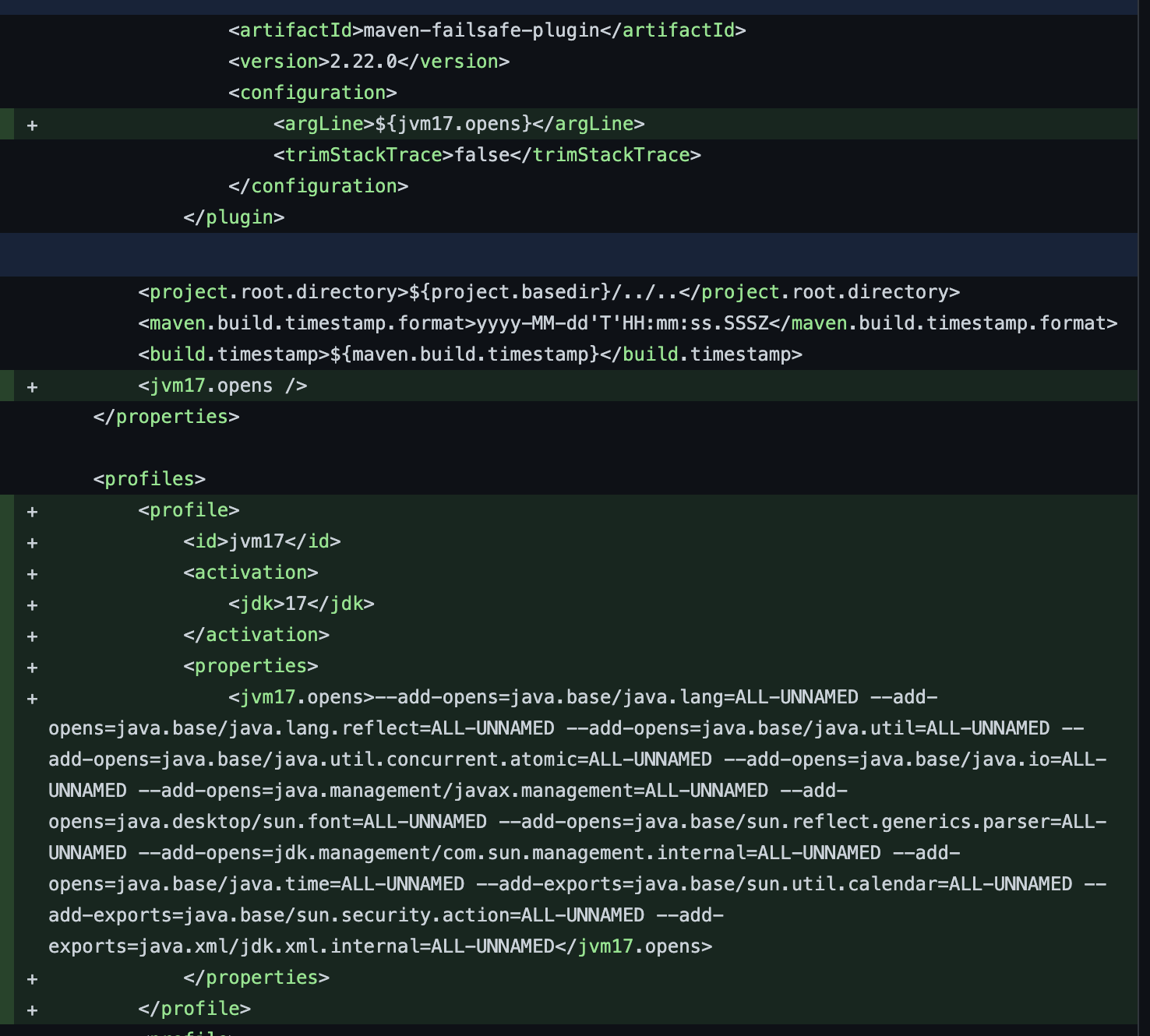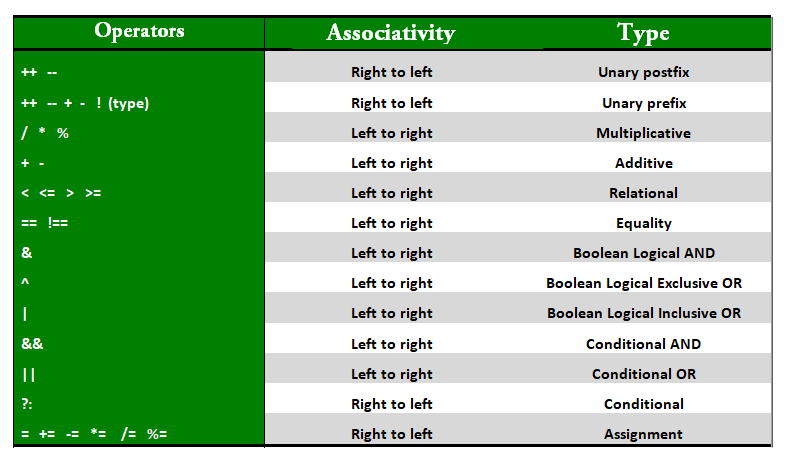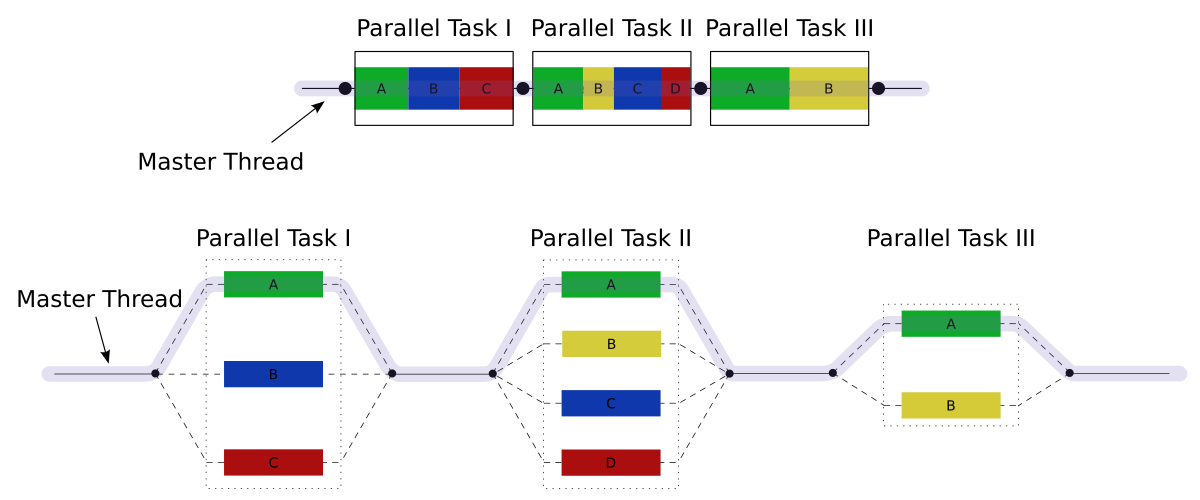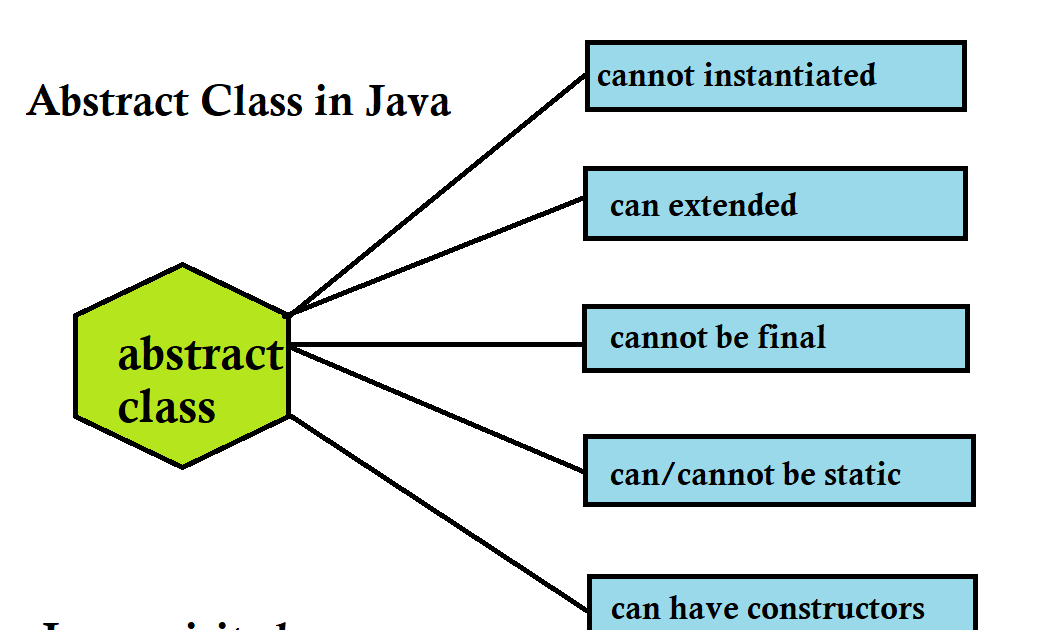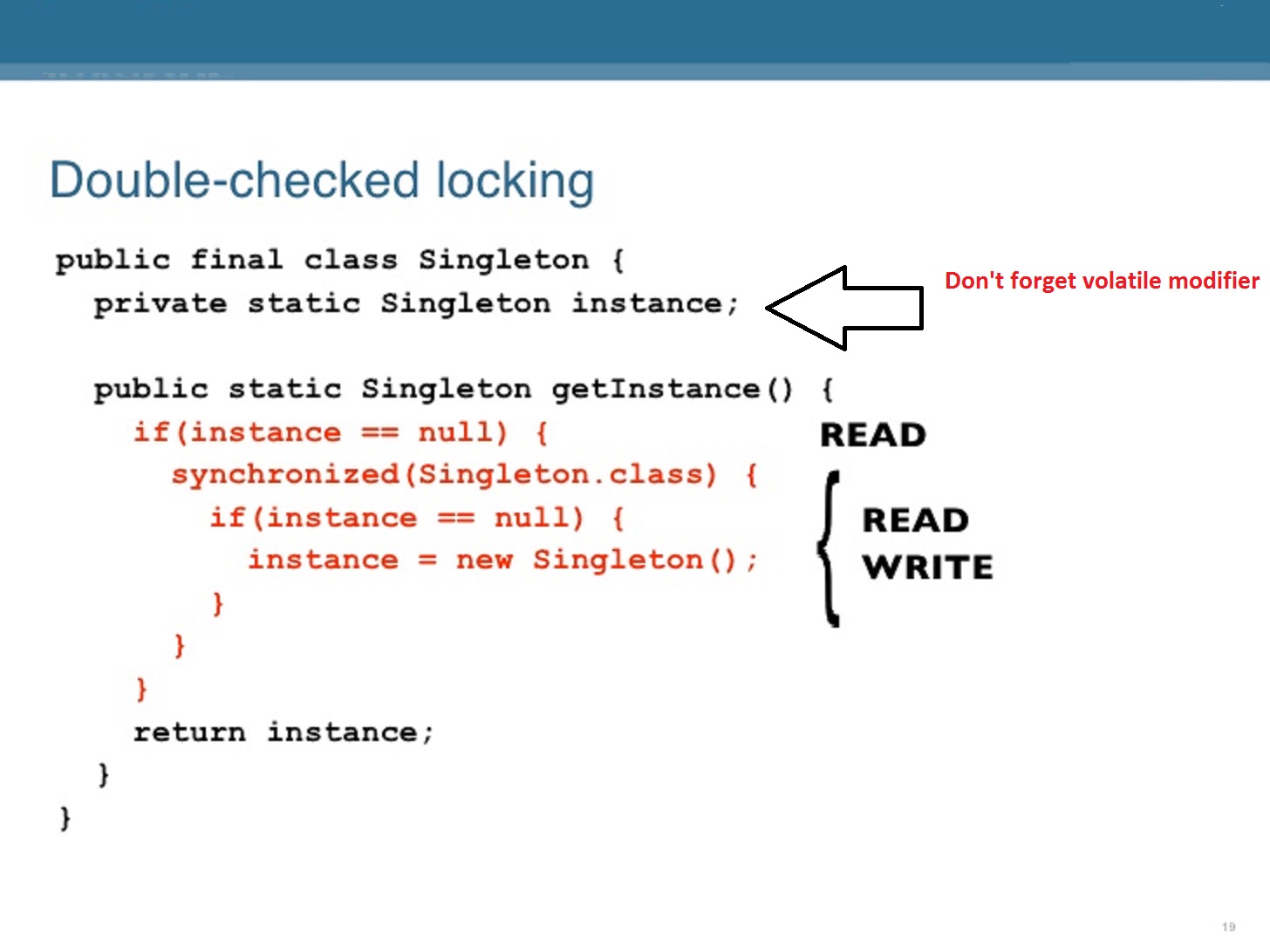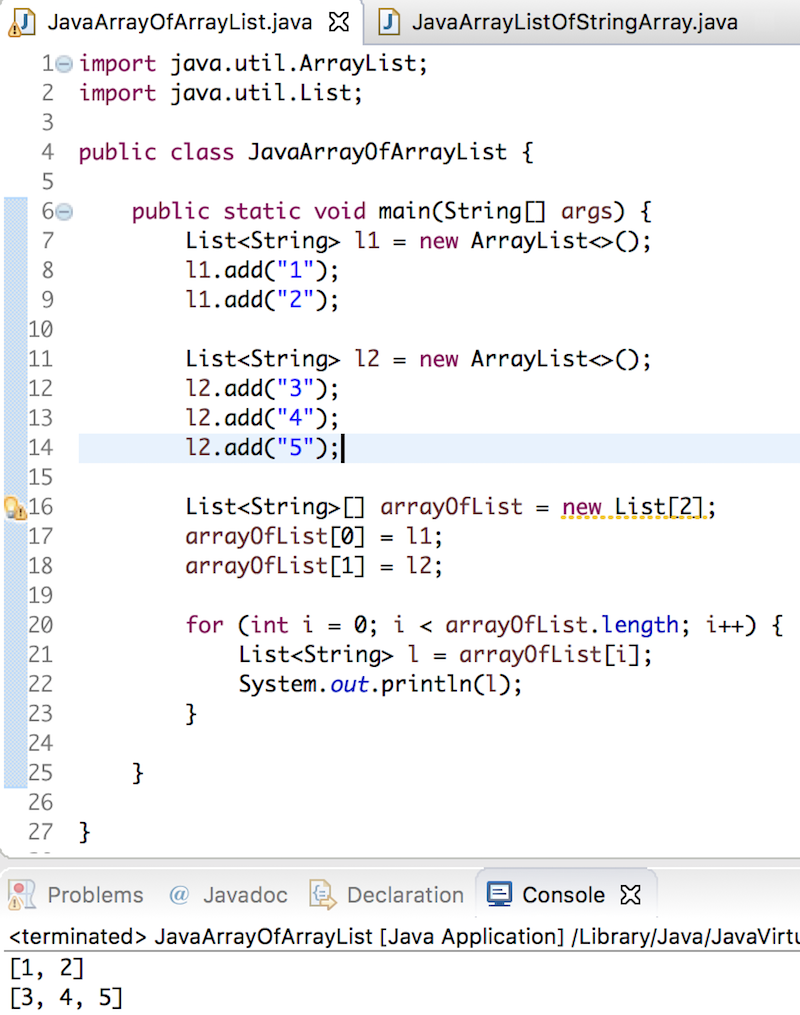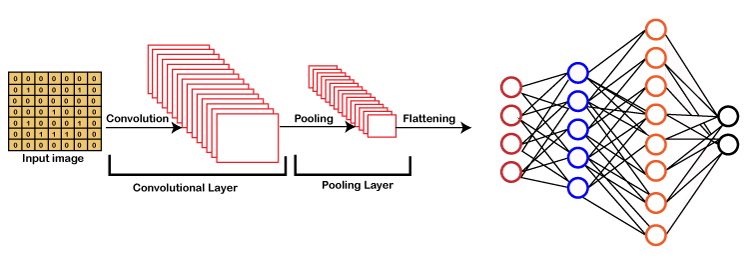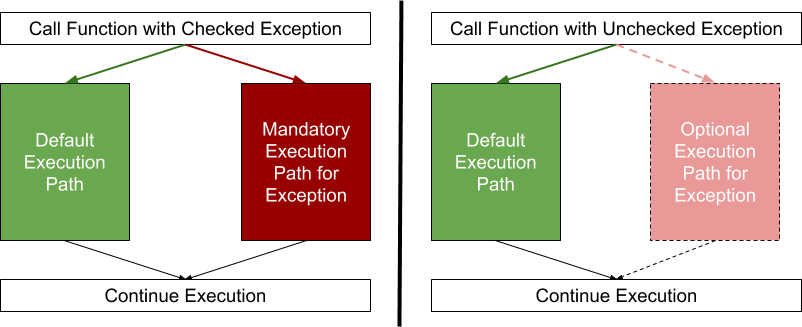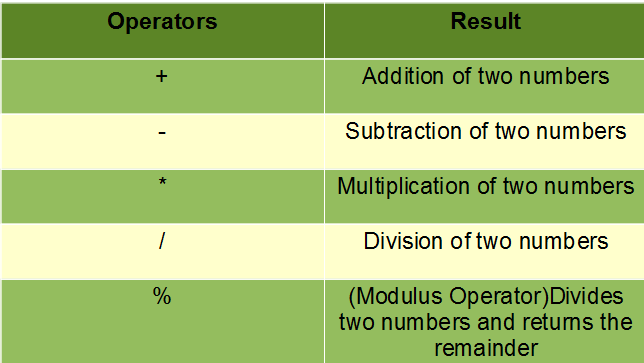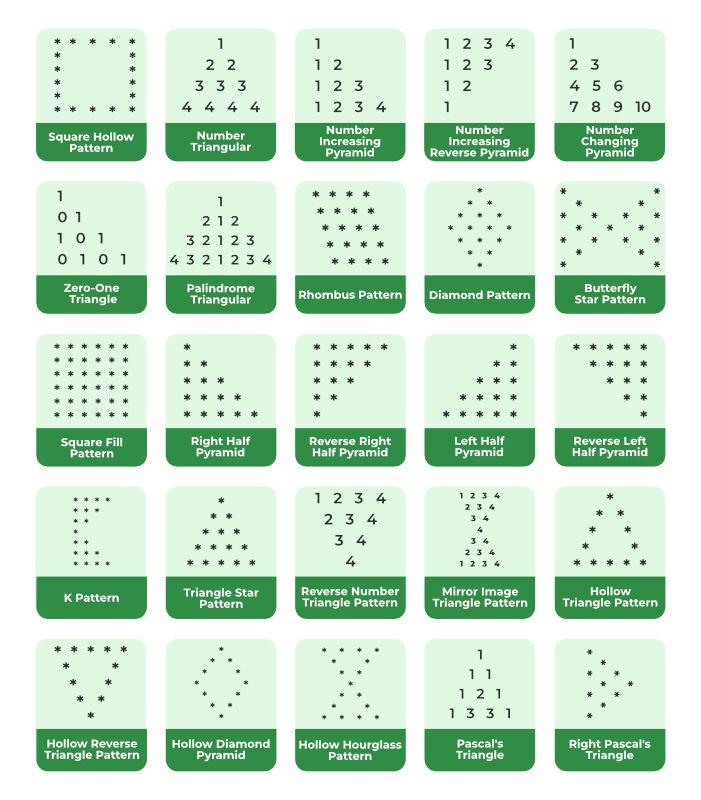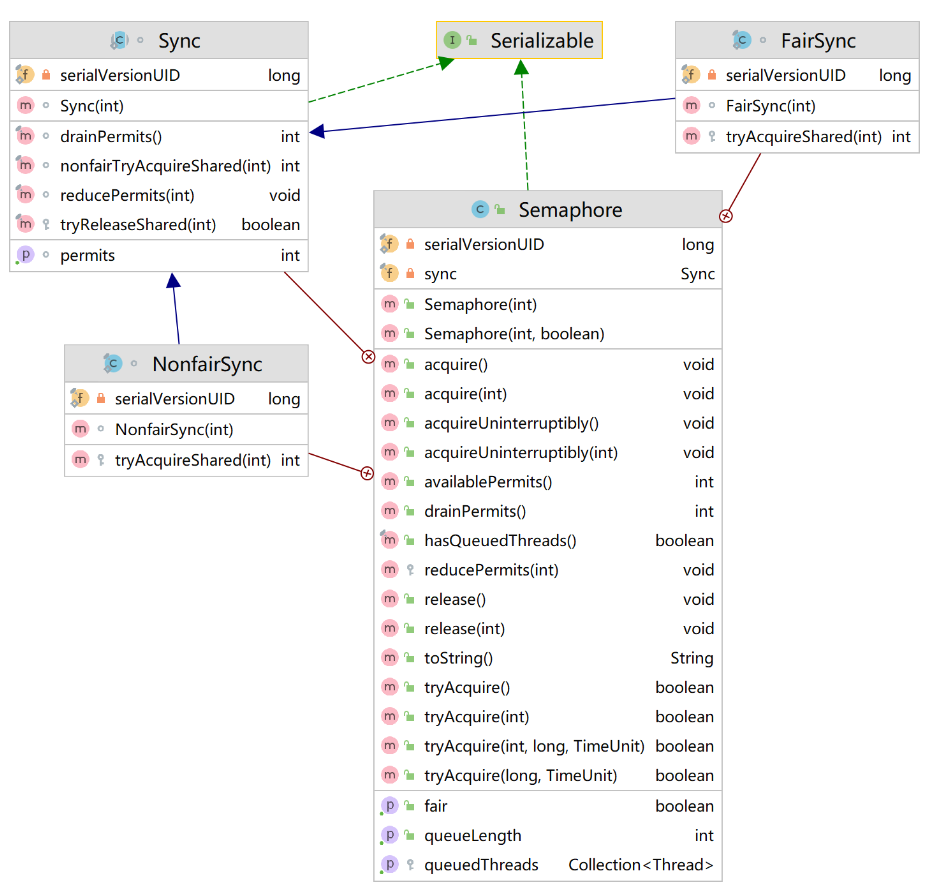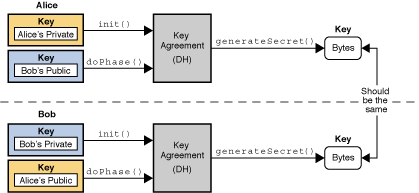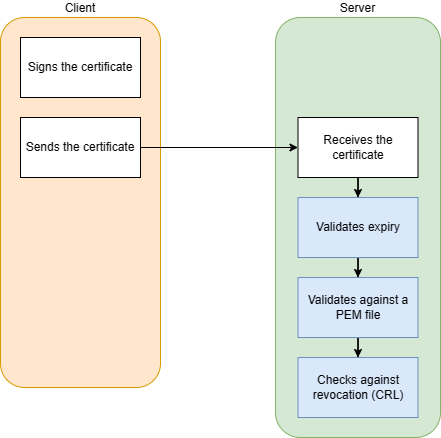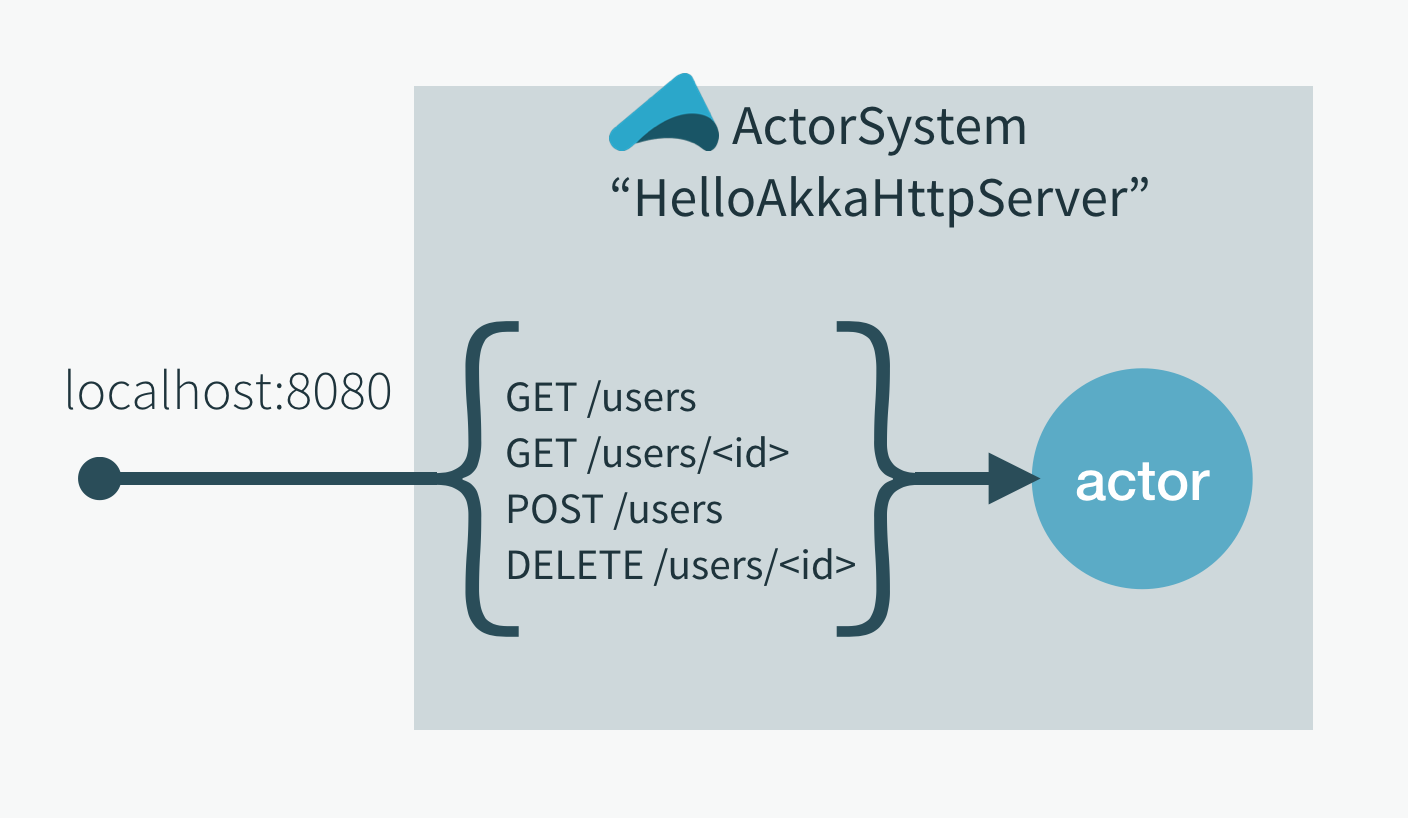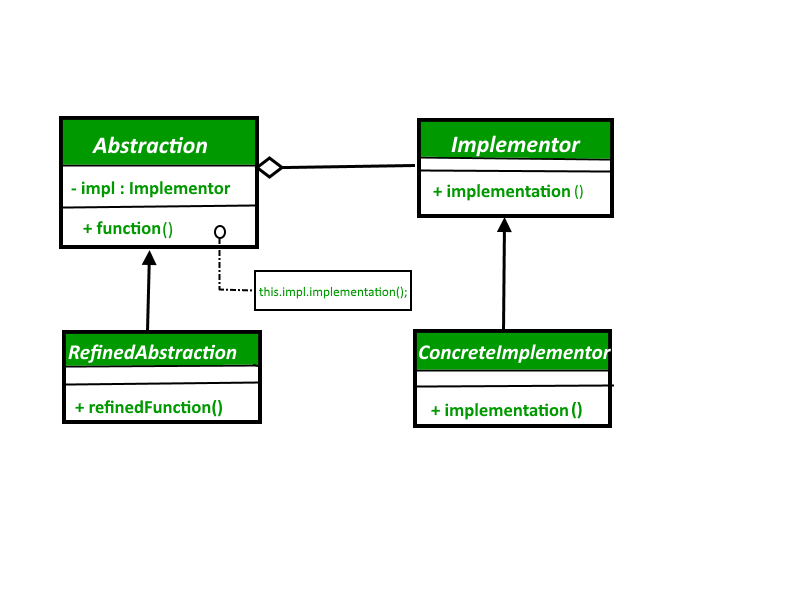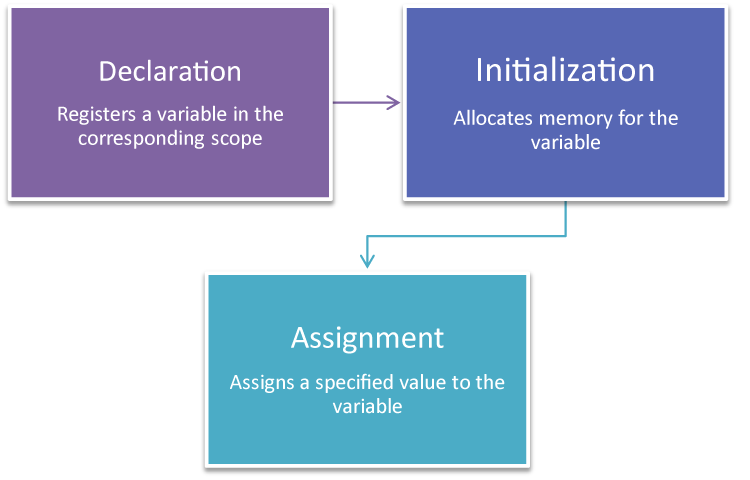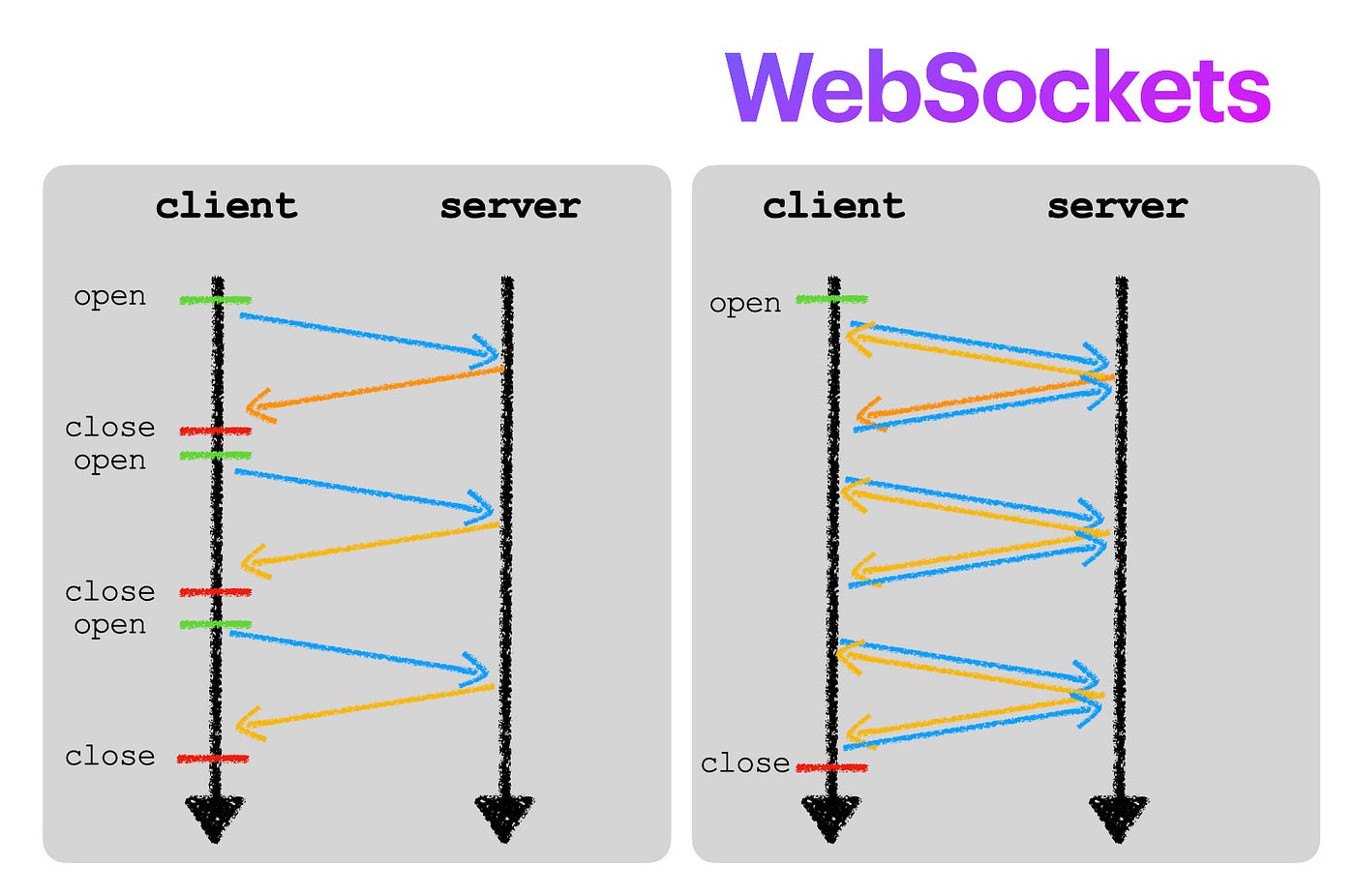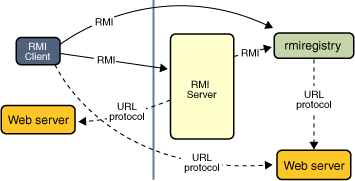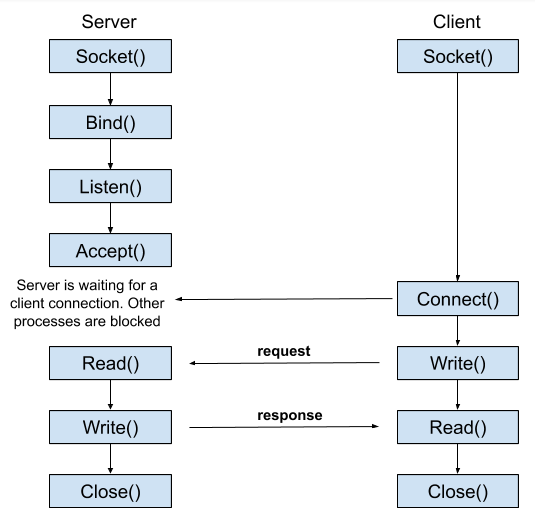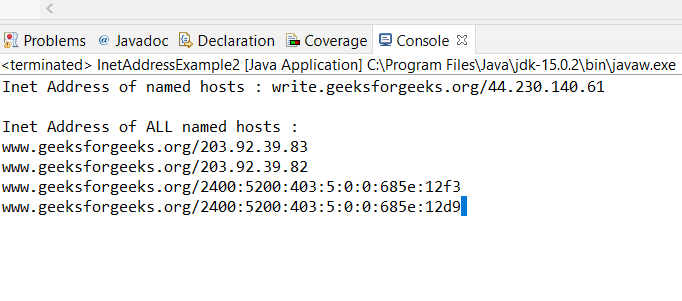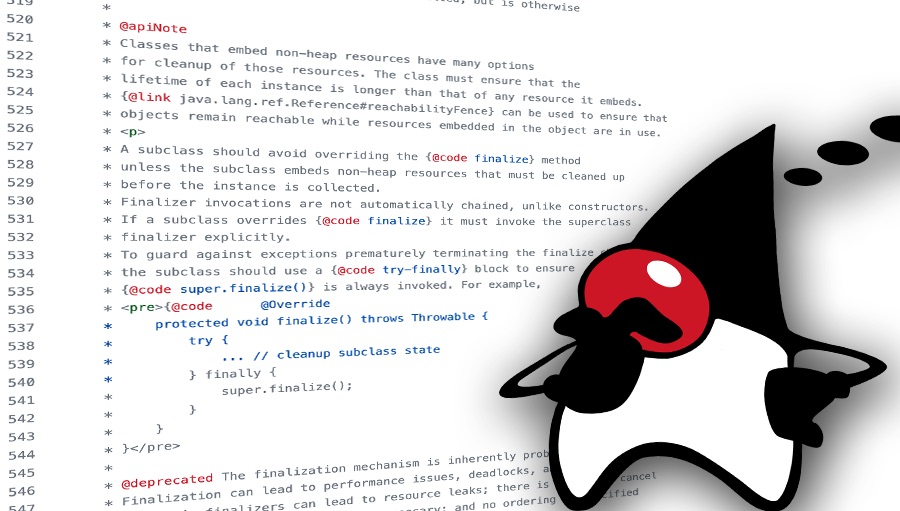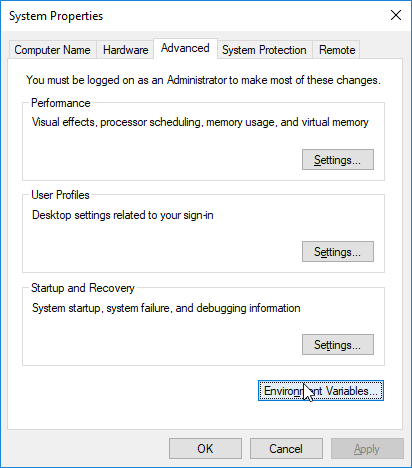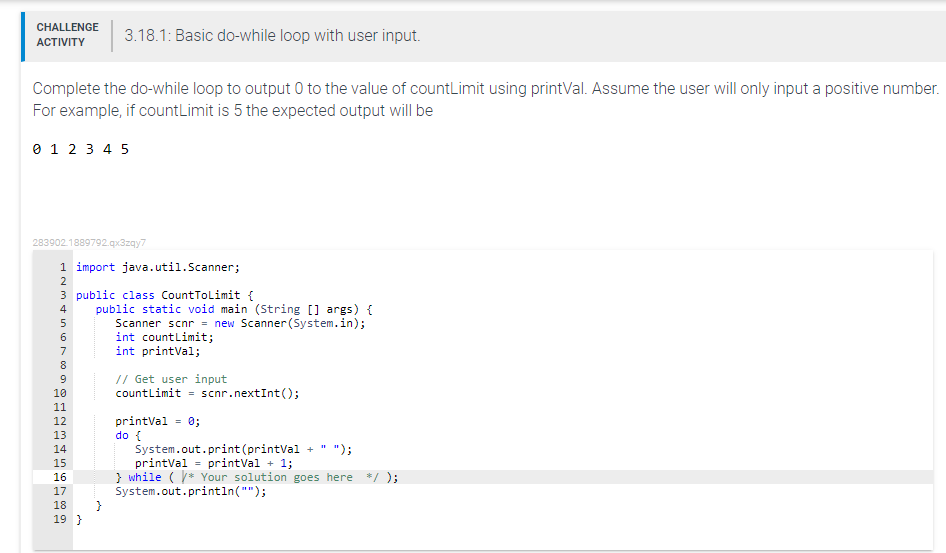try-catch-finally java example
try-catch-finally java example
I'd be happy to provide a try-catch-finally Java example!
Here's an example code snippet that demonstrates the use of try-catch-finally blocks:
public class TryCatchFinallyExample {public static void main(String[] args) {
try {
// Code that might throw an exception
int result = divide(4, 0);
System.out.println("Result: " + result);
// More code that might throw an exception
File file = new File("non-existent-file.txt");
FileReader reader = new FileReader(file);
BufferedReader buffReader = new BufferedReader(reader);
} catch (ArithmeticException e) {
System.err.println("Caught ArithmeticException: " + e.getMessage());
} catch (FileNotFoundException e) {
System.err.println("Caught FileNotFoundException: " + e.getMessage());
} finally {
// Code that always gets executed, regardless of exceptions
if (reader != null) {
try {
reader.close();
} catch (IOException e) {
System.err.println("Error closing file reader: " + e.getMessage());
}
}
}
}
public static int divide(int numerator, int denominator) throws ArithmeticException {
if (denominator == 0) {
throw new ArithmeticException("Cannot divide by zero!");
}
return numerator / denominator;
}
}
In this example:
Thetry block contains code that might throw exceptions. This includes the divide() method, which throws an ArithmeticException if you try to divide by zero. The first catch block catches ArithmeticExceptions and prints a message indicating what happened. The second catch block catches FileNotFoundExceptions and prints a message indicating that the file was not found. The finally block is executed regardless of whether an exception was thrown or caught. In this case, it ensures that the file reader is closed, even if an exception occurs.
This example demonstrates the following key points:
Try: The code you're trying to execute that might throw an exception. Catch: Blocks that catch specific exceptions and handle them in a meaningful way. Finally: Code that always gets executed, regardless of whether an exception was thrown or caught.In Java, the finally block is particularly useful for resource cleanup (e.g., closing files or network connections) to ensure that resources are released even if an exception occurs.
When should we use throw in Java?
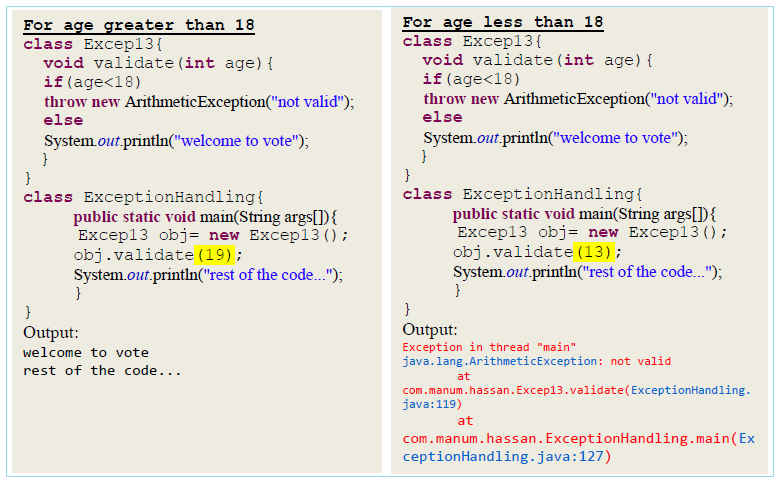
I'm glad you asked!
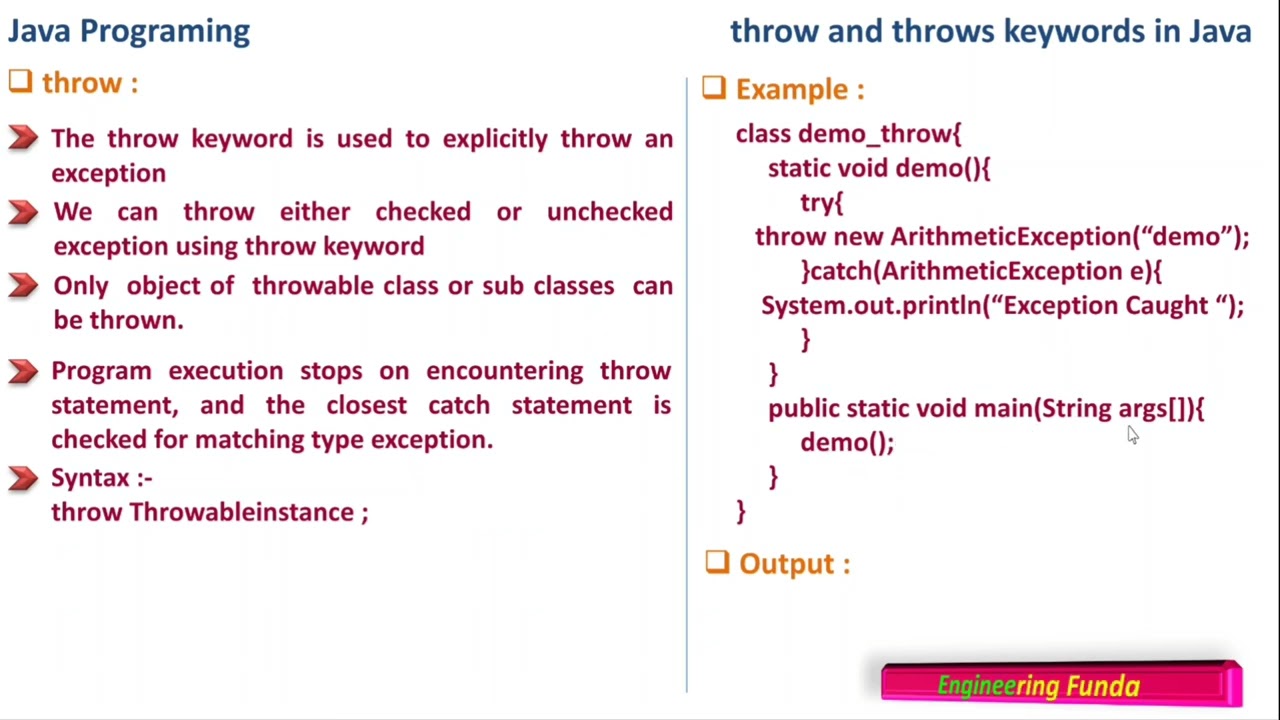
In Java, the throw keyword is used to explicitly throw an exception from a method or constructor. This is different from automatically throwing an exception when a method or constructor encounters an error or invalid input.
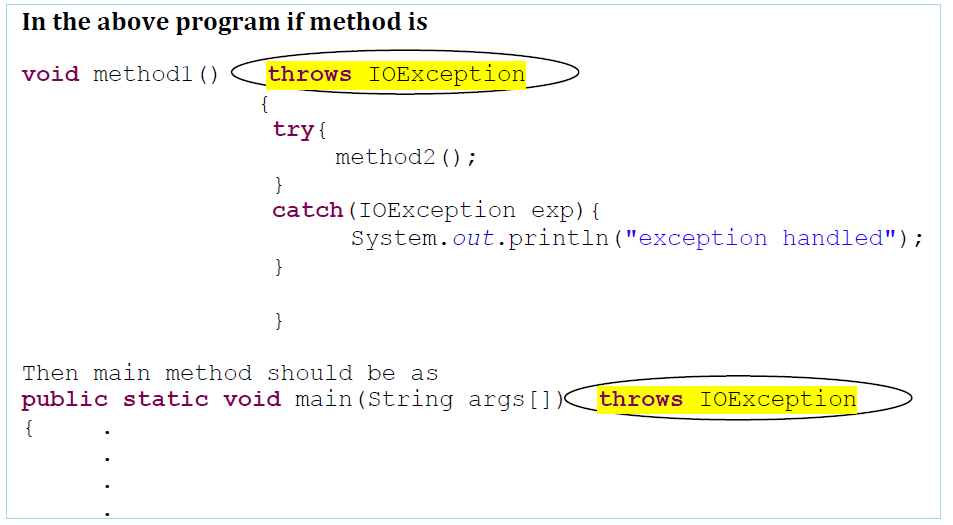
You would typically use throw in the following situations:
Exception class or one of its subclasses (like RuntimeException). For example:
Method or constructor failure: When a method or constructor fails to perform its intended action, you can throw an exception to signal that something went wrong. For example:public class InvalidInputException extends Exception {public InvalidInputException(String message) {
super(message);
}
}
// Later in your code...
if (input != validValue) {
throw new InvalidInputException("Invalid input provided.");
}
public void loadDataFromFile(String filename) throws IOException {// Attempt to read the file
if (fileNotExists(filename)) {
throw new FileNotFoundException("File not found: " + filename);
} else if (fileCorrupted(filename)) {
throw new DataFormatException("Corrupted data in file: " + filename);
}
}
In this example, the loadDataFromFile method might throw a FileNotFoundException or a DataFormatException if something goes wrong during file operations.
throw to ensure that your program behaves correctly when these situations arise. For instance:
public int calculateDistance(double x1, double y1, double x2, double y2) {if (Double.isNaN(x1) || Double.isNaN(y1)) {
throw new ArithmeticException("Invalid input coordinates.");
}
}
In this example, the calculateDistance method throws an exception if any of the input coordinates are NaN (Not a Number).
When deciding whether to use throw, ask yourself:
Remember to carefully consider the type and message of the exception you're throwing, as well as handling them in a way that makes sense for your program's architecture.
I hope this helps! Do you have any follow-up questions about throw in Java?
